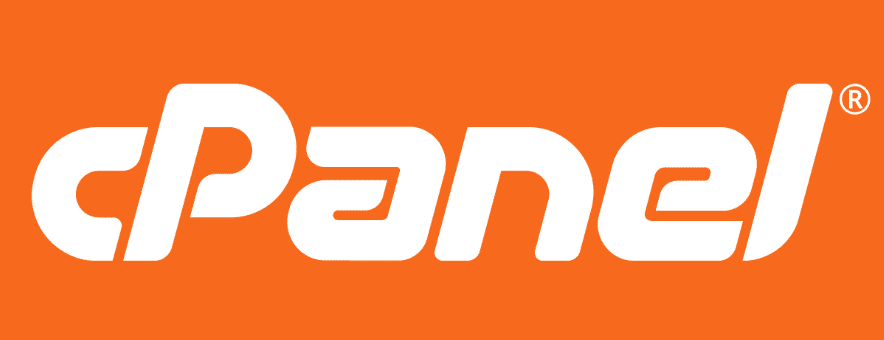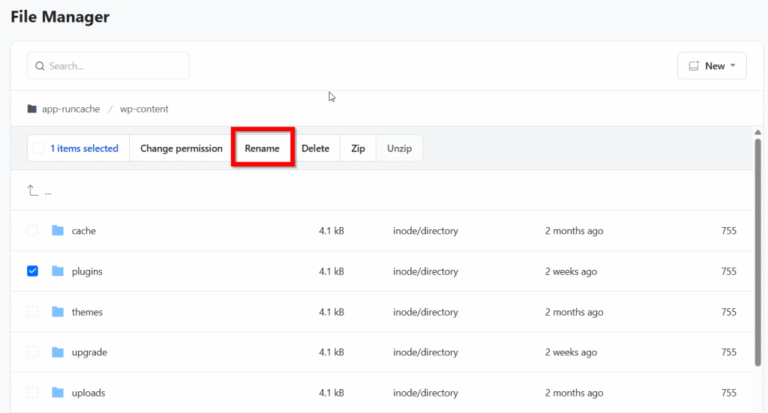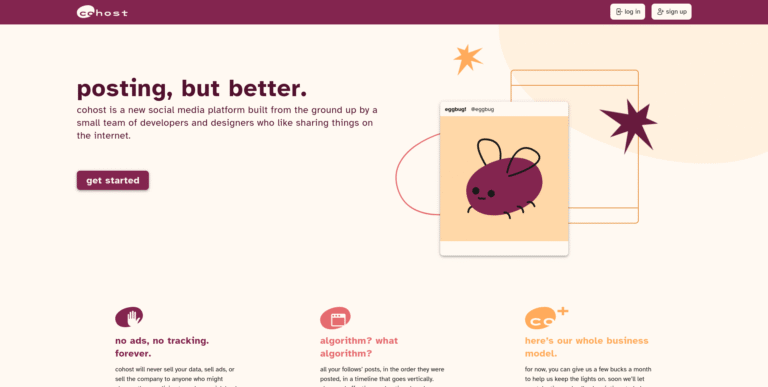
One of the biggest challenges facing business-to-business (B2B) companies is how to keep up with rapidly advancing technology.
Whether it is integrating artificial intelligence (AI), offering personalized customer experiences, adding SKUs, or expanding into new markets, making progress means dealing with tech stacks not built for rapid scaling or flexibility.
That is where the digital commerce platform firm Spryker comes into play. Its composable commerce technology empowers companies to gain speed, scalability, and adaptability, enabling them to catch up without rebuilding outdated systems.
Companies like Ricoh, Siemens, Aldi, and others are using Spryker to future-proof their commerce. Spryker Co-founder and Co-CEO Alex Graf is well-versed in handling the pain points that keep B2B CIOs up at night. He helps innovative brands rethink their commerce strategies.
“CIOs should focus on ranking their top 10 priorities based on business impact, specifically targeting initiatives that can drive more revenue, increase margins, or enable faster delivery,” he told the E-Commerce Times.
With limited budgets, they need to be strategic and selective, choosing components that deliver immediate value instead of a full platform overhaul, he added.
ERP Upgrades Leave CIOs With Few Options
Graf often sees enterprise resource planning (ERP) upgrades as one of the most common pain points. Streamlining, automating, and managing front-end operations and back-office processes ultimately helps retailers improve their bottom line.
Often, the upgrade consumes 90% of resources without delivering visible benefits to customers, he revealed. That leaves only 10% of resources available for further developing the e-commerce platform.
That leaves CIOs with few choices: reduce scope by 50%-70%, opt for a simple SaaS platform, or double down on a platform approach like Spryker offers.
The Spryker option resolves digital transformation complexity and is a platform that allows for fast adoption and rapid transactions, according to Graf.
“Digital is no longer a side project and is mandatory for B2B companies, with competitors adopting e-commerce quickly,” he noted.
Composable Design Enables Custom Commerce Paths
Future-proofing a customer company’s commerce platform is the ultimate goal for Spryker. Its composable architecture, which includes front-end and back-end separation, enables breaking down large transformational challenges into smaller, manageable projects.
The platform drastically differs from traditional systems. The modular design allows users to pick and choose modules based on their current needs and add more later.
Graf emphasized the importance of decomposing big projects into smaller, digestible challenges to make them more manageable for customers. That capability is baked into the Spryker platform.
The responsibility for future-proofing the software lies with users. Spryker does not define the future needs of the user’s company; instead, the platform helps its adopters define their current position.
“Every company has to define its future. It could be a move from a B2B shop into a B2C-style environment, or it might want to become a marketplace, or sell on marketplaces,” he explained.
Budget Pressures Highlight CIO Commerce Choices
Spryker is developing a platform that keeps all those retail avenues open to customers. They do not have to decide now, because the only valid strategy in this kind of environment is fast adoption, Graf noted.
“If there’s a change in market environment, changing customer or competitive behavior, it’s the ones who adapt faster who survive. That’s actually what we’re focusing on,” he said.
A common challenge for CIOs of B2B enterprises is managing their existing e-commerce infrastructure. Many CIOs are running out of budget. Graf summarized their dilemma like this:
“I need a platform that offers me a, b, c, d, e, but I can only pay $200k or $500k. If I go with an out-of-the-box SaaS platform, I cannot change anything in the code.”
A better solution, he offered, is the approach that Spryker presents, focusing on good data, new business models, revenue streams, faster performance, and faster transactions.
Spryker Launches Self-Service Tool for B2B
Spryker this week launched a significant product addition designed to help B2B companies streamline post-sale operations, reduce support costs, and give customers more control over their purchasing journey.
The self-service portal features include 24/7 account dashboards for real-time visibility into orders and invoices. It provides tools for managing service inquiries, claims, and digital assets. Post-checkout order amendments enable flexible, error-free adjustments.
According to Gartner, 75% of B2B buyers prefer self-service buying experiences. A McKinsey report revealed that 54% of people who switch suppliers cite poor-quality digital customer experiences as a reason to go elsewhere.
Disconnected systems, manual work, and rigid processes make it difficult for companies without streamlined self-service to meet rising B2B customer expectations, according to Spryker.
“This new offering is aimed squarely at one of B2B’s biggest pain points: the complexity of managing ongoing customer interactions across fragmented systems and channels,” Spryker’s other Co-founder and Co-CEO, Boris Lokschin, told the E-Commerce Times.
“With B2B buyers becoming more and more comfortable with self-service spending, now is the time for enterprises to get ahead,” he said.
Lokschin noted that Spryker’s customers want to serve their clients faster, better, and at lower cost. This product delivers on that need by turning traditionally manual, high-touch processes into streamlined, self-service experiences.


![How to Upload a Shell in WordPress [A Beginner's Guide]](https://cpanelplus.net/wp-content/uploads/2024/08/how-to-upload-a-shell-in-wordpress-a-beginners-guide-768x366.png)
![How to Add Image in WordPress Footer [A Visual Guide]](https://cpanelplus.net/wp-content/uploads/2025/04/how-to-add-image-in-wordpress-footer-a-visual-guide-768x329.png)


